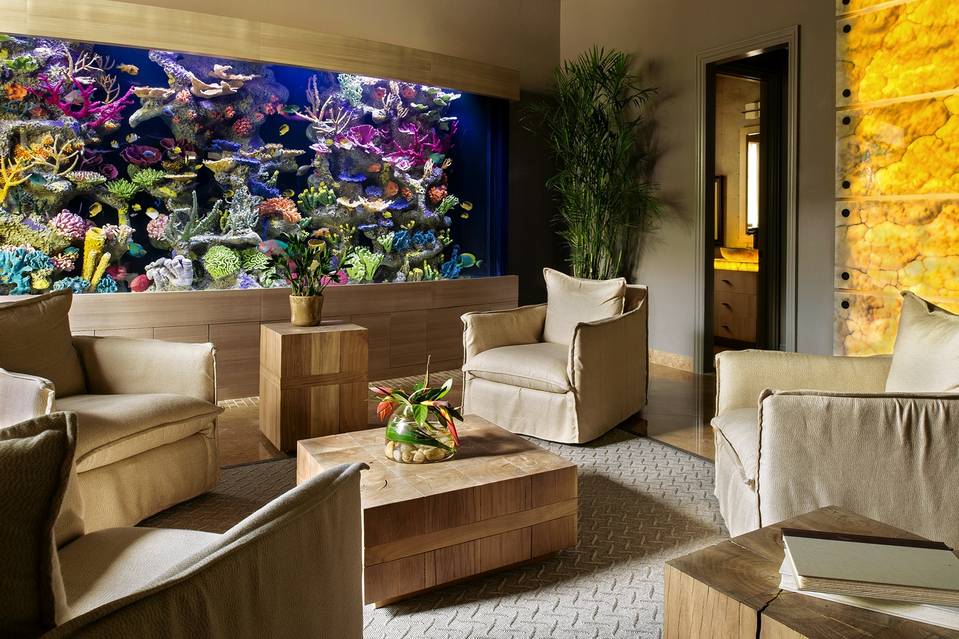Manual demolition involves systematically dismantling the building piece by piece with hand-held tools. It’s a cost-effective option in areas where heavy equipment cannot safely access the site or cause damage to the surrounding structures.
Implosion requires specialist knowledge and thorough planning, which makes it more costly than other demolition methods. It permits extreme levels of control, and it can reduce environmental impact.
Types of Demolition Techniques
There are a variety of demolition techniques. The cost of demolition will be affected by the choice you make. A trustworthy demolition company can recommend the most effective method for your specific project.
The removal of old structures is necessary to make way for new construction. It can be a complicated process and lengthy. It requires careful planning and attention to detail. The type of building as well as its location and other elements can affect the cost.
There are a variety of methods to demolish a structure, including wrecking balls and hydraulic equipment. These methods can be effective for buildings made of concrete or steel. However, they are difficult to use on large structures with difficult-to-access areas. Explosives can also be used to quickly and completely destroy buildings dich vu thao do cong trinh. This method can be used to demolish historic structures or buildings that cannot be damaged. This method, however, can be very expensive. It also requires extensive safety measures as well as a thorough risk evaluation.
Mechanical Demolition Costs Mechanical Costs for Demolition
Whether you need precision in an historic preservation project or efficiency for a large-scale demolition or sustainable through recycling of materials, there are demolition methods that will meet your requirements. Understanding the differences between manual and mechanical demolition techniques will help you decide which one is best suited to your project.
Mechanical demolition involves using heavy machinery such as excavators, to demolish structures. This process is quicker than manual methods and usually cheaper, since the cost of labor is reduced. It is also more secure, since workers are located at a greater distance from debris and other potential hazards. Mechanical demolition can create more dust and noise than manual methods, and could cause environmental issues. Additionally, it might not be appropriate for sensitive locations, since it may damage nearby structures or cause unexpected structural instability.
Factors Affecting Demolition Pricing
The cost of demolition is affected by a variety of aspects. Knowing these elements can help you determine and budget your demolition project. These factors include the size of the structure, square footage, equipment and materials and labor, preparation of the site permits, disposal and many more.
Determining the type of building material can impact the demolition cost. For instance, a structure mostly made of wood will be more costly to remove than one constructed from brick or concrete. Also, demolition costs may be greater if the building contains hazardous materials that need to be removed and appropriately eliminated.
The state of the building can influence demolition costs as well. In good shape, buildings are easier and cheaper to demolish because they don’t require a lot of shoring or support measures. Conversely, a building with significant structural or structural damage may require more thorough shoring and support to prevent collapse during demolition. Costs for debris may be greater if a contractor is required to obtain permits or adhere to local environmental regulations.
Cost of Explosion and Mechanical Demolition Mechanical Demolition
The implosion technique is a very controlled demolition procedure that involves strategically weakening or taking away certain support structures within the building so that the structure collapses inside instead of outward. It is a popular choice for the demolition of huge, solid structures which need to be destroyed quickly and effectively. This requires high-level planning and experience to get rid of the structure without causing damage or injuring other people. There is also the possibility of flying debris, so the area where the implosion is taking place needs to be completely evacuated.
Mechanical demolition is the use of powerful machinery and tools to dismantle structures and then remove them from the site. This kind of demolition is generally more cost-effective than other methods, though it may take longer to complete and could require more preparation. The use of heavy machinery can have an impact on the environment.
Deconstruction, also known as selective demolition, involves the demolition of a building piece by piece in the hope of salvaging material for reuse. This eco-friendly method of demolition can save money by reducing the cost of disposal.
Selective Demolition
Selective demolition has become an increasingly popular technique of building for remodels in the current eco-conscious era. It allows contractors to remove particular elements of the structure, while keeping other elements that add to its past and significance. It also reduces the environmental impact and waste both during and after the construction.
A thorough assessment is conducted to determine the salvageable materials as well as structural risk and other issues. After the evaluation is completed an elaborate plan is drawn up for the demolition process.
Electrical and plumbing professionals should turn off power prior to taking away building components using demolition equipment. They should also cover any open pipes and install temporary lighting to enhance visibility. The work will be completed in a safe manner without causing damage to existing structures.
Selective demolition is not only a way to reduce noise and debris, can also reduce costs through the reuse or recycling of materials. This makes it an economical alternative to conventional methods of commercial building renovations. While it has many advantages, barriers to adoption exist. A few of them are resistance to change as well as an assumption that technology is complicated, as well as concerns regarding security and regulatory compliance. To overcome these barriers, it is possible through education, open communication and rewards.
 They were quieter, more delicate in their work. With wisps of smoke-like fingers, they weaved soft, silvery threads into dreams, bringing memories of lost loves and old homes, places that no longer existed but still lived in the hearts of the dreamers. Their touch was melancholic, filled with longing, painting dreams of misty lakes, forgotten letters, and footsteps echoing in empty hallways. To the ghosts, dreams were the last bridges to the living world, and they handled them with care, always whispering the same message: Remember us. And then there were the ghouls, the darkest of the trio, lurking at the edges of the dreamscapes. With hollow eyes and skeletal hands, they approached the task in a way that made the other creatures shiver. Ghouls did not care for beauty or nostalgia; they painted nightmares, the kind that clawed at your mind even after you woke up.
They were quieter, more delicate in their work. With wisps of smoke-like fingers, they weaved soft, silvery threads into dreams, bringing memories of lost loves and old homes, places that no longer existed but still lived in the hearts of the dreamers. Their touch was melancholic, filled with longing, painting dreams of misty lakes, forgotten letters, and footsteps echoing in empty hallways. To the ghosts, dreams were the last bridges to the living world, and they handled them with care, always whispering the same message: Remember us. And then there were the ghouls, the darkest of the trio, lurking at the edges of the dreamscapes. With hollow eyes and skeletal hands, they approached the task in a way that made the other creatures shiver. Ghouls did not care for beauty or nostalgia; they painted nightmares, the kind that clawed at your mind even after you woke up.


